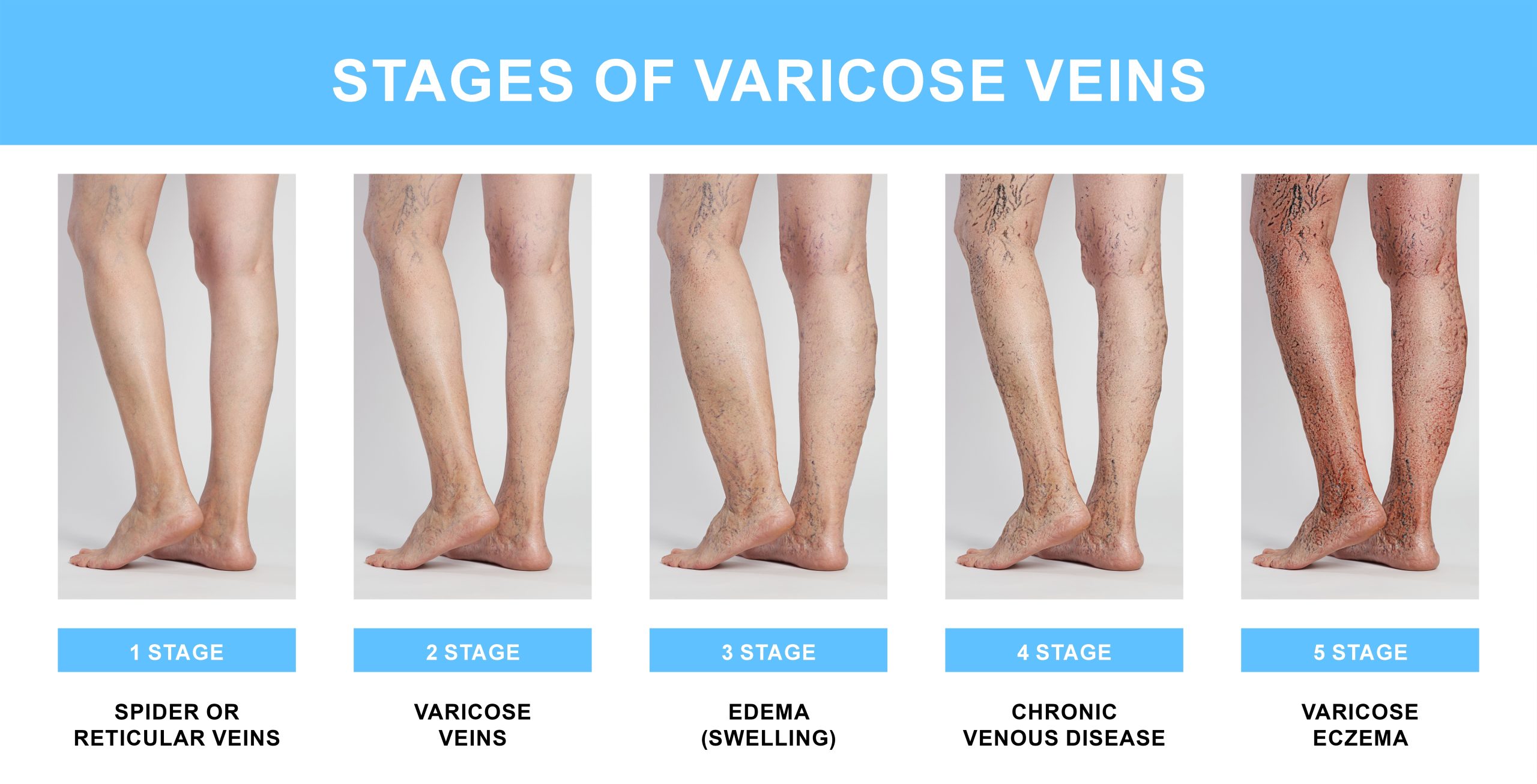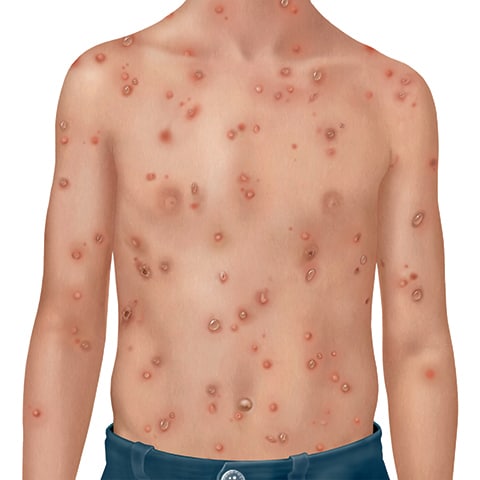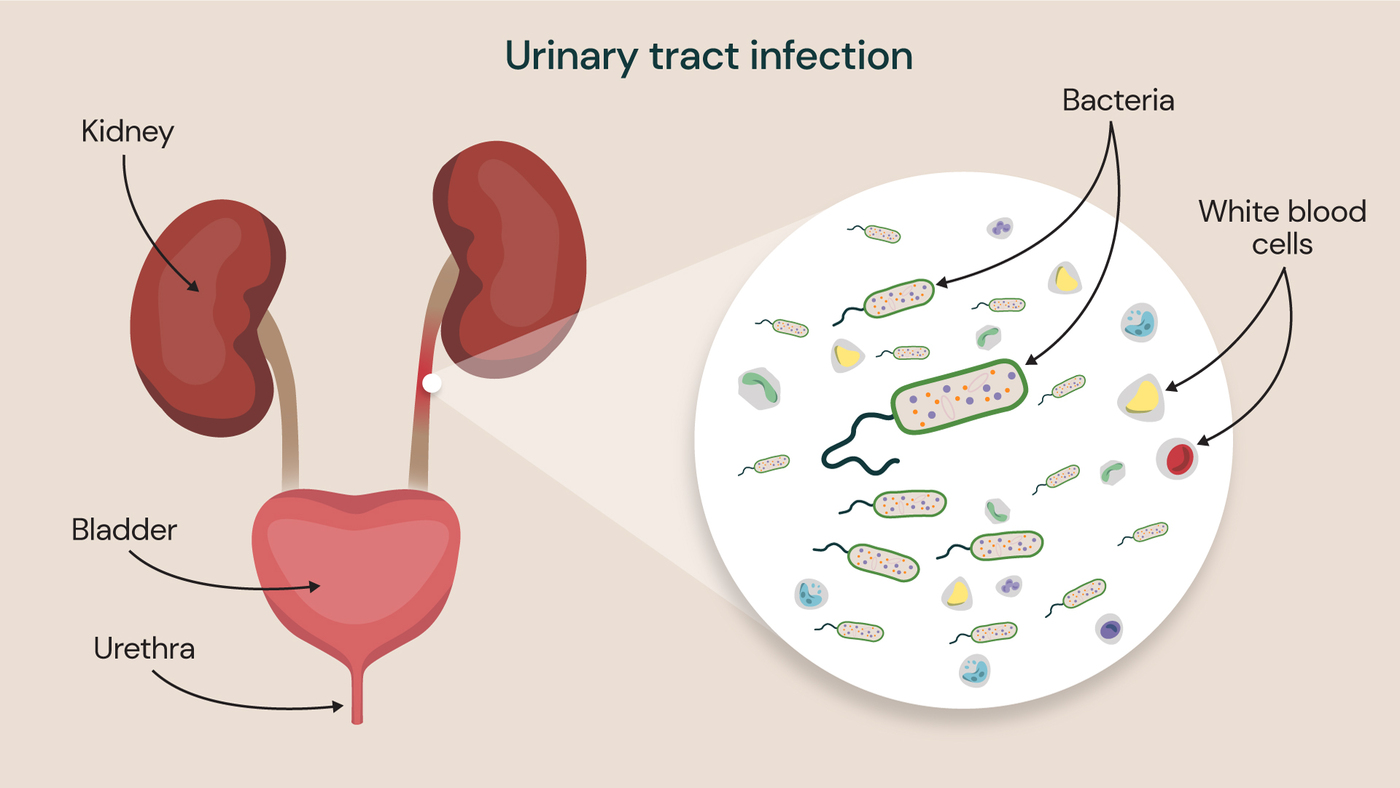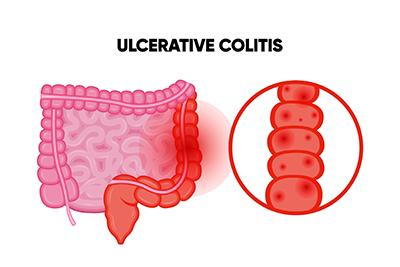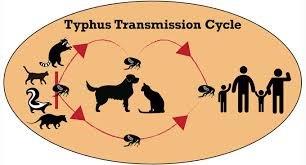Nursing Paper Example on Vasovagal Syncope
/in Assignment Help, Homework Help, Nursing Paper Help /by Aimee GraceNursing Paper Example on Vasovagal Syncope
(Nursing Paper Example on Vasovagal Syncope) Vasovagal syncope, often referred to as fainting or passing out, is a common cause of transient loss of consciousness due to a sudden drop in blood pressure, which results in reduced blood flow to the brain. It is typically triggered by a stressor such as pain, emotional distress, or prolonged standing, leading to the activation of the vagus nerve. This condition is generally benign but can be distressing and, in some cases, lead to falls or injury.
Causes and Mechanism of Vasovagal Syncope
Vasovagal syncope occurs due to an abnormal response of the autonomic nervous system, particularly the vagus nerve, which controls heart rate and blood pressure. Under normal conditions, the body adjusts blood pressure and heart rate to maintain an adequate supply of blood to the brain. In individuals with vasovagal syncope, this mechanism fails, leading to a temporary decrease in blood pressure and heart rate.
Autonomic Nervous System Dysfunction:
The autonomic nervous system regulates involuntary functions, including blood pressure and heart rate. During a vasovagal episode, the parasympathetic branch of the autonomic nervous system is overstimulated. This causes vasodilation (widening of blood vessels) and a reduction in heart rate, both of which lower blood pressure (Mayo Clinic, 2023). The decrease in blood pressure leads to a temporary lack of blood flow to the brain, causing loss of consciousness.
Triggers:
Certain physical or emotional stimuli can trigger a vasovagal syncope episode. Common triggers include:
- Prolonged Standing: Standing for long periods can cause blood to pool in the lower limbs, reducing venous return to the heart and decreasing cerebral perfusion (American Heart Association [AHA], 2023).
- Pain or Injury: Severe pain, especially from an injury or medical procedure, can provoke vasovagal syncope by stimulating the vagus nerve (National Institutes of Health [NIH], 2023).
- Emotional Stress: Intense emotions such as fear, anxiety, or distress can activate the vagus nerve, leading to syncope (Mayo Clinic, 2023).
- Sight of Blood: The sight of blood or medical procedures involving needles can trigger a vasovagal episode in some individuals (Johns Hopkins Medicine, 2023).
Signs and Symptoms of Vasovagal Syncope
The hallmark symptom of vasovagal syncope is fainting or a sudden loss of consciousness. However, several warning signs often precede an episode:
- Dizziness or Lightheadedness: Before fainting, individuals may feel lightheaded, dizzy, or like they are going to “pass out” (Mayo Clinic, 2023).
- Nausea and Sweating: Some individuals experience nausea, cold sweats, or a clammy feeling just before an episode (NIH, 2023).
- Visual Changes: Many people report tunnel vision or blurred vision prior to fainting (AHA, 2023).
- Weakness or Fatigue: A feeling of weakness, especially in the legs, can precede the loss of consciousness (Johns Hopkins Medicine, 2023).
Diagnosis of Vasovagal Syncope
Vasovagal syncope is typically diagnosed based on the patient’s history and clinical presentation. A comprehensive assessment is necessary to rule out other potential causes of syncope, such as cardiovascular or neurological disorders.
Clinical Evaluation:
A detailed history of the episodes, including the circumstances surrounding the fainting (e.g., prolonged standing, stress, pain), is crucial in diagnosing vasovagal syncope (Mayo Clinic, 2023).
Physical Examination:
During the physical exam, physicians may check for signs of orthostatic hypotension (low blood pressure upon standing), heart murmurs, or any neurological signs that could suggest other causes for the syncope (AHA, 2023).
Diagnostic Tests:
In some cases, additional tests may be required:
- Electrocardiogram (ECG): An ECG is performed to assess for any underlying arrhythmias or heart conditions that might cause syncope (Johns Hopkins Medicine, 2023).
- Tilt Table Test: This test involves lying on a special table that tilts upright, allowing doctors to monitor blood pressure and heart rate as they change position. It can help confirm a diagnosis of vasovagal syncope by mimicking the conditions that trigger fainting (National Institutes of Health [NIH], 2023).
- Holter Monitor: A 24- to 48-hour ECG monitor may be used to detect arrhythmias that could cause fainting (AHA, 2023).
Treatment and Management of Vasovagal Syncope
While vasovagal syncope is often harmless and self-limited, the management focuses on reducing the frequency and severity of episodes and preventing injury from fainting.
Lifestyle Modifications:
Certain lifestyle changes can help prevent or mitigate vasovagal episodes:
- Increased Fluid Intake: Ensuring adequate hydration can help maintain blood volume and prevent episodes triggered by low blood pressure (Mayo Clinic, 2023).
- Salt Intake: Increasing salt intake, under medical guidance, can help increase blood volume and prevent syncope in some individuals (NIH, 2023).
- Leg Tensing and Physical Countermeasures: Techniques such as tensing leg muscles or crossing the legs while standing can improve blood flow and prevent fainting (AHA, 2023).
- Avoiding Triggers: Avoiding known triggers, such as standing for long periods, can be crucial in preventing episodes (Johns Hopkins Medicine, 2023).
Pharmacologic Treatment:
For individuals who experience frequent or severe episodes of vasovagal syncope, medications may be used:
- Beta-Blockers: These medications may be used to stabilize blood pressure and heart rate, reducing the likelihood of fainting (AHA, 2023).
- Fludrocortisone: This medication helps increase blood volume and may be prescribed to individuals with recurrent episodes (Mayo Clinic, 2023).
- SSRIs: In some cases, selective serotonin reuptake inhibitors (SSRIs) are used to manage anxiety or emotional triggers that may provoke syncope (NIH, 2023).
Vasovagal Syncope in Special Populations
Certain populations may be more prone to vasovagal syncope or experience more severe episodes.
- Elderly Individuals: Older adults may be more susceptible to vasovagal syncope due to age-related changes in the autonomic nervous system, reduced cardiovascular fitness, and the presence of other medical conditions (American College of Cardiology, 2023).
- Pregnancy: Hormonal changes and increased blood volume during pregnancy can make women more susceptible to vasovagal syncope, particularly in the second trimester (NIH, 2023).
- Children and Adolescents: Vasovagal syncope is common in younger individuals and is often triggered by stress or emotional stimuli (Mayo Clinic, 2023).
Prevention of Vasovagal Syncope
Prevention largely involves avoiding known triggers and making lifestyle adjustments to support the autonomic nervous system. Techniques such as:
- Regular Exercise: Exercise helps improve cardiovascular health and can prevent episodes by promoting better blood flow and overall physical conditioning (Johns Hopkins Medicine, 2023).
- Avoiding Rapid Position Changes: Slowly standing up or changing positions can help prevent dizziness or fainting from sudden blood pressure drops (AHA, 2023).
(Nursing Paper Example on Vasovagal Syncope)
Complications of Vasovagal Syncope
While vasovagal syncope itself is generally benign, complications can arise, particularly from falls or injuries sustained during fainting episodes.
- Injury from Falling: The most common complication of syncope is falling, which can lead to bruises, fractures, or head injuries (Mayo Clinic, 2023).
- Psychological Impact: Frequent episodes of fainting can lead to anxiety, fear, or embarrassment, affecting an individual’s quality of life (NIH, 2023).
Conclusion
Vasovagal syncope is a common condition that, though usually benign, can be distressing for those who experience it. Understanding its triggers, mechanisms, and management strategies is crucial for individuals and healthcare providers to mitigate its impact. With proper lifestyle modifications, countermeasures, and in some cases, medication, most individuals can manage vasovagal syncope effectively.
References
American Heart Association. (2023). Vasovagal syncope: Understanding the causes and symptoms. https://www.heart.org
Johns Hopkins Medicine. (2023). Vasovagal syncope: Causes and treatment options. https://www.hopkinsmedicine.org
Mayo Clinic. (2023). Vasovagal syncope: Symptoms and causes. https://www.mayoclinic.org
National Institutes of Health. (2023). Vasovagal syncope: Diagnosis and treatment. https://www.nih.gov



